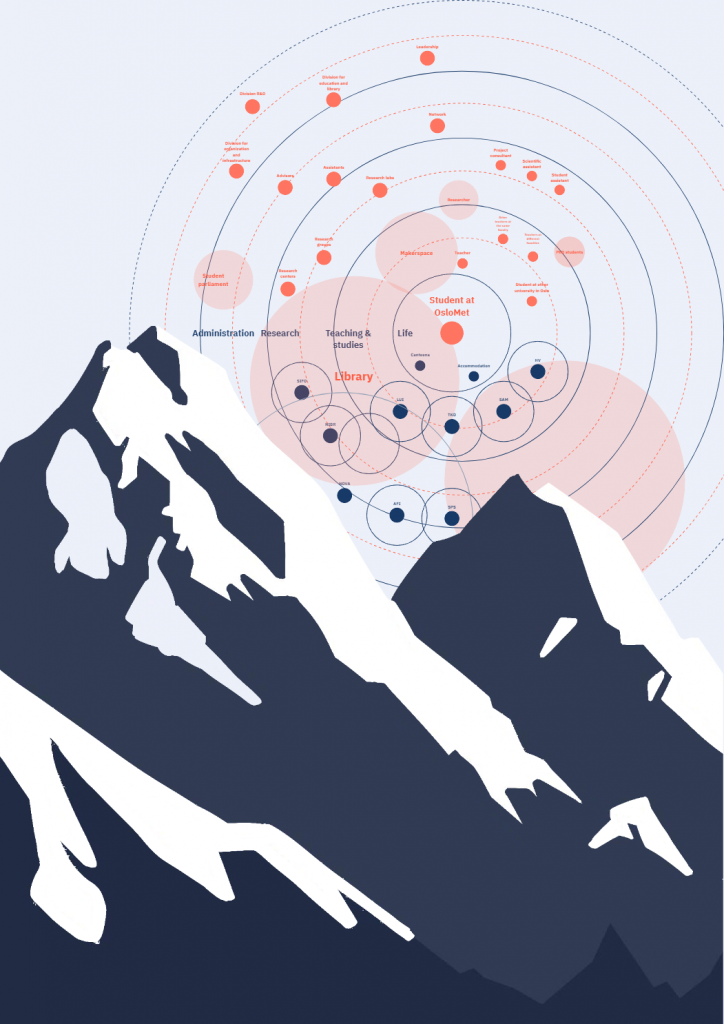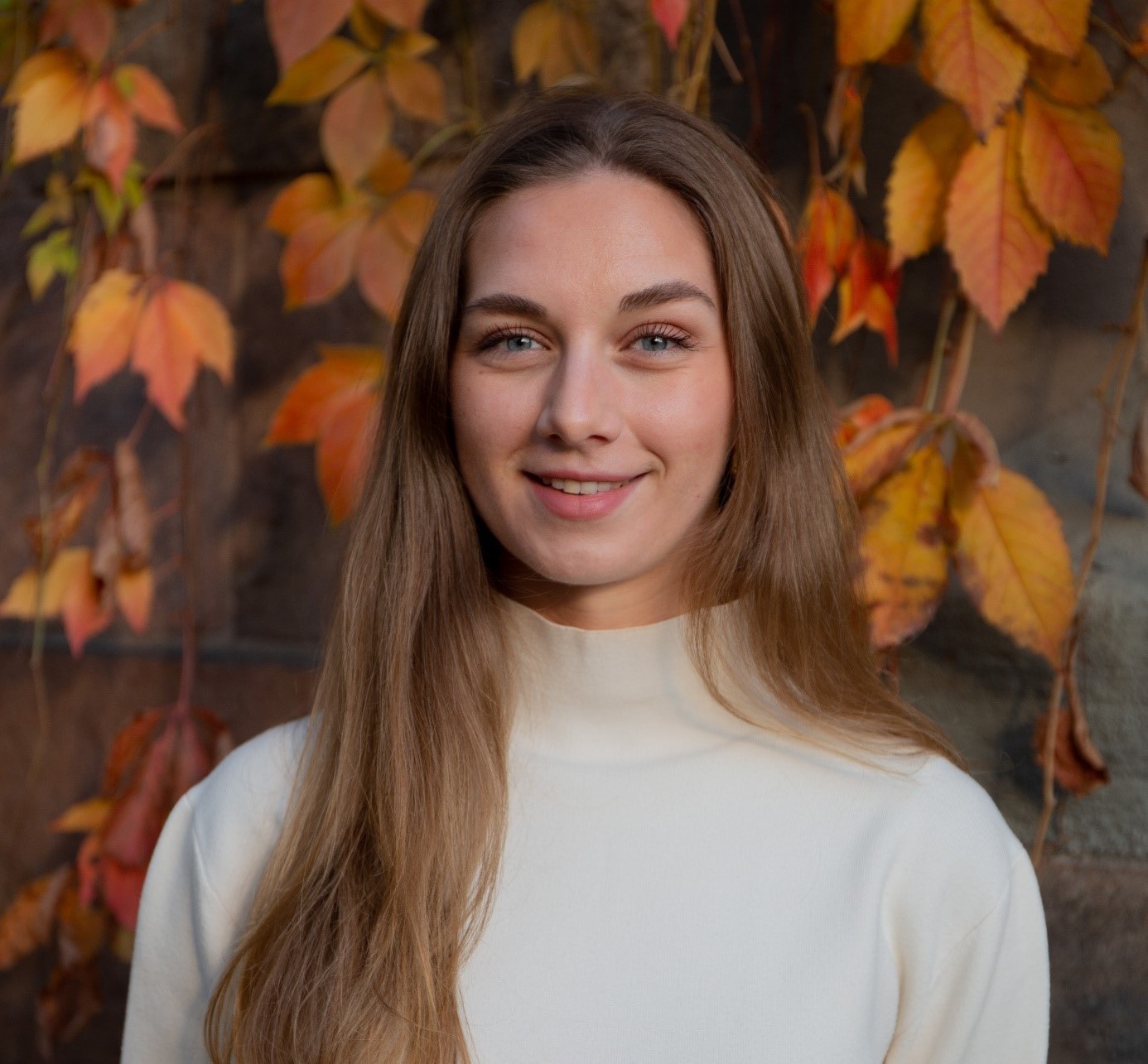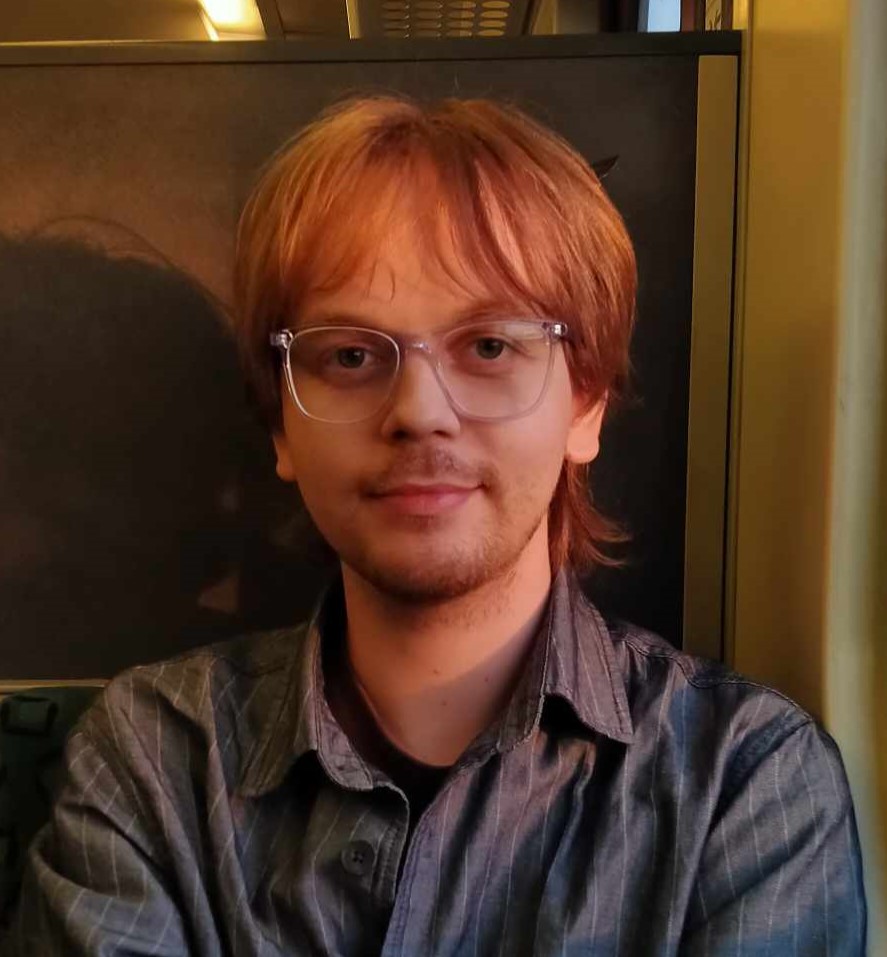SPARC

Sustainable Partnerships and Research Collaborations
How can a systemic change in collaborative partnerships contribute to the integration of sustainability at OsloMet?
The ambition of SPARC – Sustainable Partnerships and Research Collaborations is to transform OsloMet into a vibrant and engaging environment for sustainability, nurturing awareness and capabilities for action.
This student lead pilot, studies and experiments with various forms of collaboration and partnerships between researchers and students, to make sustainability more hands- on and accessible for everyone.
We study how multiple stakeholders can collaborate in a symbiotic relationship on topics within sustainability, focusing on the interactions between researchers, professors and students.
How it all started…
Based on OsloMets visions and strategies, there is a need to study and further develop communication and collaboration between research institutes and centers, and students at OsloMet, and to incorporate sustainable thinking. This developed into a pilot project led by Aina Handsverk Hagen and Arne Lindseth Bydgås at Arbeidsforskningsinstituttet (AFI) in unison with a team of students in 2023. The student team consisted of Eirin Flaten, Bachelor’s in public management, management and economics Håvard Nilsen studying for a Bachelor’s in Art, Design and Dissemination, and Alex Taylor, Kumar Sourav, Simona Brozmanová and Haizea Pérez doing a masters in Product design – Design in complexity.
A student-led exploration, facilitation and development of new networks has been the main objective of the project. Thus, in this pilot, AFI set students in the center and gave them a space to find out and share what sustainability means to them, and to think about what they could do in collaboration with different university agents to make OsloMet more sustainable. Involving students in the pilot’s work has encouraged a shift in perspectives when it comes to research design and data collection processes.
The first period of this pilot was dedicated to gather student perspectives on sustainability and identify the gaps and organizational barriers within OsloMet. As the project developed, the team reflected not only in the research topic but also in the research method, this partnership between researchers and students started to generate a space for cooperation around sustainability, which made the cooperation itself an interesting scope. As a result, the participants of this pilot decided to explore the wealth and benefits that partnerships could bring when approaching the topic of sustainability.
BUGS FOUND FOR RESEARCH…
... Sustainability is a vague term for people. How do each individual perceive sustainability? In what forms? ... ... Students do not have so much free time. How can they be motivated to participate in action and feel appreciated and involved? ... ... Different agents at the university are pursuing different goals at different organizational levels. How can these be part of a larger whole? How to ensure participation of all?... ... Is feedback collection at university up-to-date? Are graduation surveys for students a good way to capture the reasons behind the answers? Is long term feedback from alumni students part of the scheme? ... ... Some employees are not aware of various ongoing projects. What tools can provide a better overview and interest to collaborate on projects? ... ... The effects of actions are not well communicated. What framework or unit can ensure the results of projects are used? ... ... Private sector expects students to have competences in sustainability, but in reality, students do not have them, or they do not feel like having them when they start a job. How university can be more clear and direct about the innovation for sustainability? ... ... Bottom up approach meets with resistance, but has energy. There are gaps in communication between students and the decision makers. Can leadership be inspired by bottom? ...
Methodology
This research is mainly based on qualitative data gathered from the employees and students of OsloMet, including researchers at the research institutions, AFI, NOVA, SIFO, and NIBR. Actors from affiliated institutions, such as Simulamet and other educational institutions have also been interviewed for data collection.
In addition to the interviews done with some of the stakeholders at OsloMet, qualitative data has been gathered through hosting collaborative workshops designed to enhance the cooperation between participants. Furthermore, the research team also uses internal co-creation methods as well as mapping and systemic design thinking in order to process and analyze the data; thus these methods lead to the implementation of innovative interventions and ideations for future implementations.
Meet our team

| Simona Brozmanová |
Simona is a MA Product Design – Design in Complexity graduate with the specialisation in systemic design. Working at Oslo Metropolitan University as a scientific assistant, she explores the use of design methods to nurture collaborations in academia.

| Hilde Rønnaug Kitterød |
Hilde holds an MA in Religion and Diveristy; Conflict & Coexistence from the Univeristy of Oslo and a BA in Study of Religion & International Relations from SOAS – University of London. Hilde has previous experience from working with youth engagement and workshop facilitation.

| Alex Taylor |
Currently studying MA Product Design at OsloMet. Alex has a background in Games Design and specialises in playful and interactive experiences.

| Haizea Perez Machin |
Currently majoring Design in Complexity at Oslomet.
Haizea hold a Fine Arts bachelor’s degree and a master’s in art teacher training

| Aina Landsverk Hagen |
PhD in social anthropology from UiO on collaborative creativity among Snøhetta architects and landscape architects in Oslo and New York. At the moment she mainly works on youth, participation and urbanity in Tøyen, Oslo and on innovation in media organizations, online harassment and freedom of speech.

| Arne Lindseth Bygdås |
